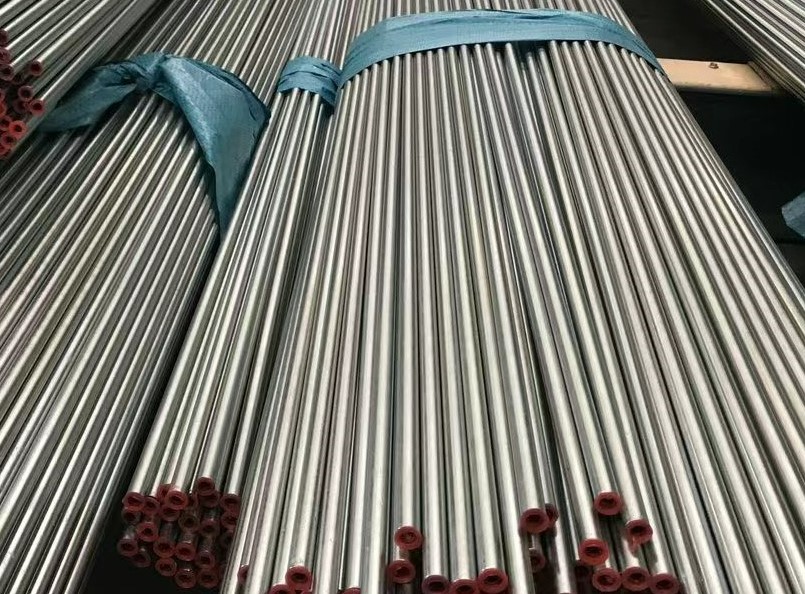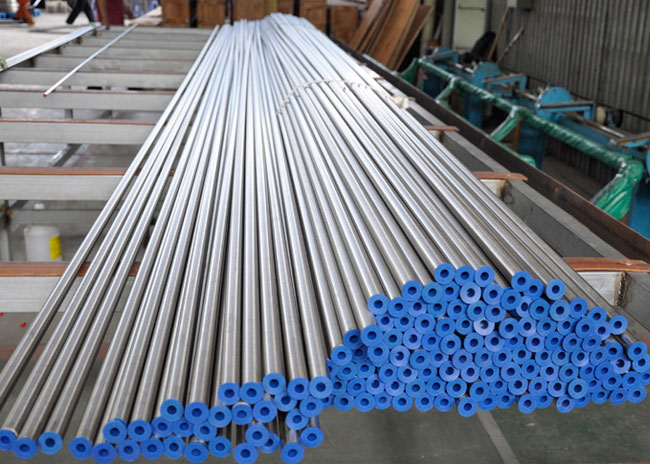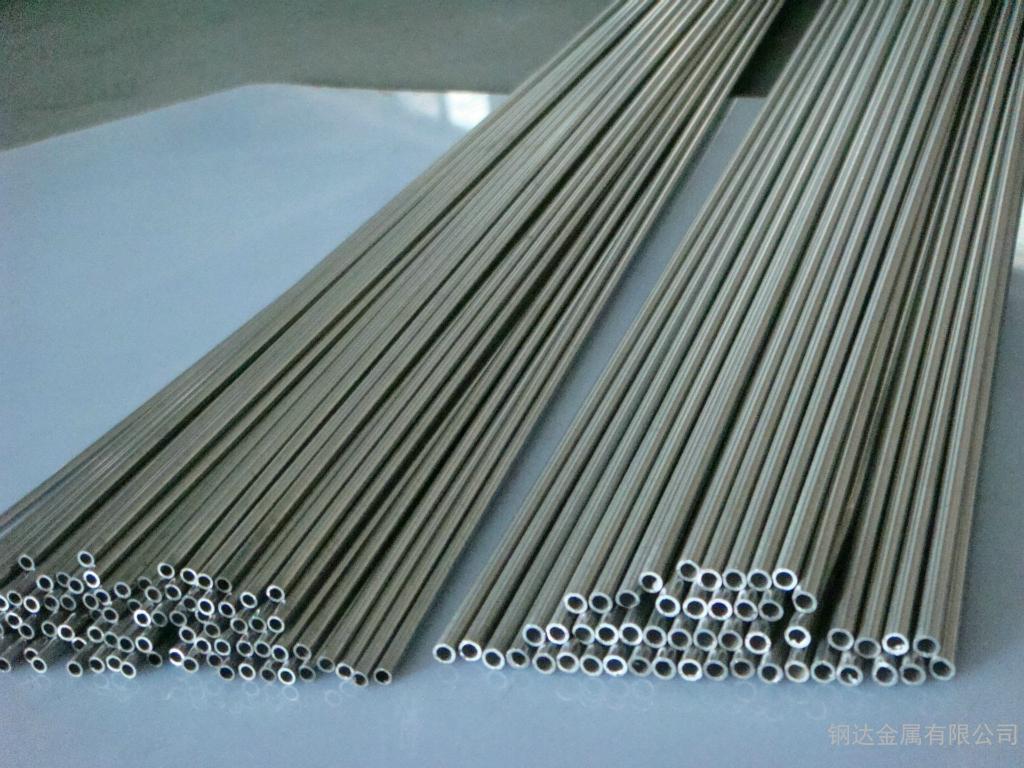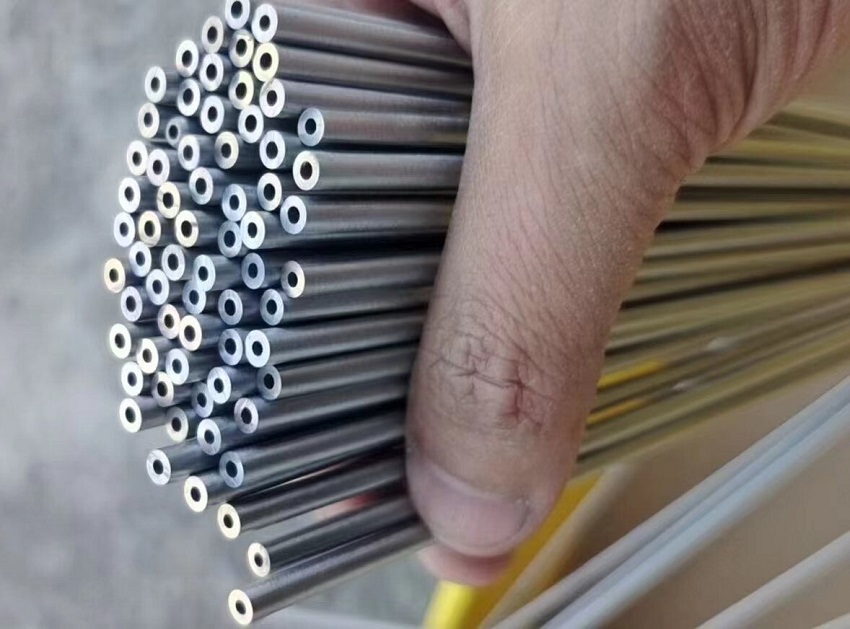NEWS CENTER
How to select plated of hydraulic tubing?
How to select plated of hydraulic tubing?
Selecting the appropriate plating for hydraulic tubing involves considering factors such as the operating environment, required corrosion resistance, mechanical properties, and cost.
1. Assess the Operating Environment
Corrosive Environments: If the tubing will be exposed to highly corrosive environments (e.g., marine, chemical plants), choose a plating with excellent corrosion resistance like hot-dip galvanizing or polymer coatings.
Moisture Exposure: For environments with moderate moisture exposure, zinc plating or galvanized coatings may suffice.
2. Determine the Required Corrosion Resistance
High Corrosion Resistance: Hot-dip galvanizing provides a thick, durable layer that offers superior corrosion protection, suitable for harsh environments.
Moderate Corrosion Resistance: Zinc plating offers good protection for less corrosive environments.
Specific Chemical Resistance: For exposure to specific chemicals, polymer coatings (e.g., nylon, PTFE) provide excellent chemical resistance.
3. Consider Mechanical Properties
Wear and Abrasion Resistance: Electroplating with metals like chromium or nickel can enhance the wear resistance of the tubing.
Surface Hardness: If surface hardness is important, electroplating can provide a hard, durable finish.
4. Evaluate Cost and Application Requirements
Budget Constraints: Zinc plating is typically more cost-effective than other types of plating and can be suitable for many general-purpose applications.
Special Requirements: If the application has specific requirements such as food-grade standards or extreme cleanliness, polymer coatings or other specialized platings might be necessary despite higher costs.
5. Consider Additional Benefits
Base Layer for Paint or Lubricants: Phosphate coating can act as an excellent base for paint or lubricants, enhancing their adhesion and performance.
Aesthetic and Functional Finish: Electroplating can provide both an aesthetically pleasing finish and functional benefits like increased hardness and corrosion resistance.
Common Plating Options and Their Applications
Zinc Plating
Applications: General industrial use, automotive, construction.
Benefits: Good corrosion resistance, smooth finish, cost-effective.
Hot-Dip Galvanizing
Applications: Marine, agricultural, outdoor structures.
Benefits: Excellent corrosion resistance, durable and long-lasting.
Electroplating (Chromium, Nickel)
Applications: Aerospace, automotive, decorative applications.
Benefits: High surface hardness, wear resistance, attractive finish.
Polymer Coatings (Nylon, PTFE)
Applications: Chemical processing, food and pharmaceutical industries.
Benefits: Excellent chemical resistance, low friction, prevents contamination.
Phosphate Coating
Applications: Automotive, machinery that will be painted or lubricated.
Benefits: Good base for paint/lubricants, moderate corrosion resistance.
Selecting the right plating for hydraulic tubing involves considering factors such as corrosion resistance, compatibility with hydraulic fluid, environmental conditions, budget constraints, and industry standards. Evaluate the operating environment for temperature fluctuations, moisture exposure, and chemical risks. Choose a plating material like zinc, nickel, chrome, or stainless steel based on its corrosion resistance, cost-effectiveness, and suitability for the applications demands. Ensure compatibility with the hydraulic fluid to prevent degradation.

Plated hydraulic tubing
请输入搜索关键字
确定






